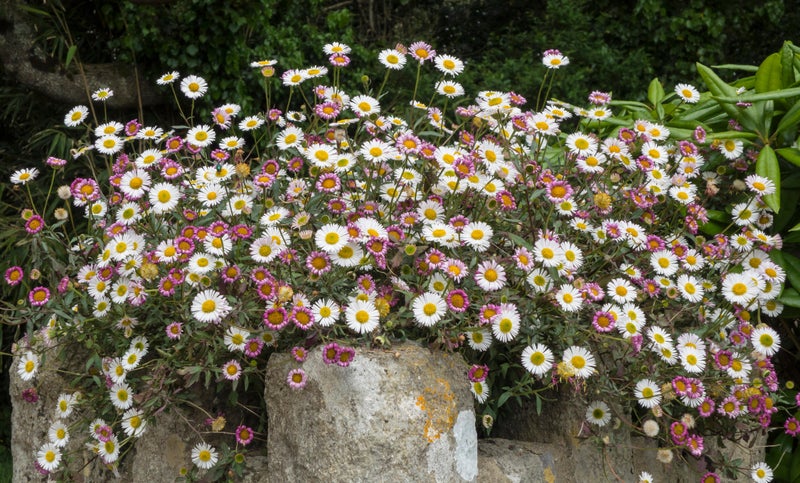If you are craving flowers, these bold yellow columns of tiny blooms may be the answer. I can’t stop thinking about the flower market. I make idle plans to get up early and sneak out into the dark, returning to the house as dawn breaks and filling the sink with flowers and stems as the kettle brews for the first cuppa of the day.
![[Alice Vincent]](https://i.guim.co.uk/img/uploads/2023/03/28/Alice_Vincent.png?width=75&dpr=1&s=none&crop=none)
I can live without flowers in the house in summer; we spend so much time outside, where they are happily showing off. In early winter we can distract ourselves with the greenery of Christmas. But at this time of year my flower cravings really start to itch – spring is tantalisingly close, and yet still so far away. Until then, we have catkins.
These bold yellow columns of tiny flowers are one of nature’s best timekeepers, associated with late winter and Candlemas for centuries. This winter I noticed how early they were, a chilling demonstration of how climate catastrophe can be witnessed in our back gardens. Outside, they are necessary for usually wind-based pollination, with the eventual result being hazelnuts. But bring a few inside and you’ve got the makings of an enviable seasonal display.
Catkins appear on a number of trees, among them birch, willow and alder, but hazel (Corylus avellana), with its charmingly crooked branches, is the one that scratches my late-winter floral itch. I’ve been growing hazel in a large pot since last summer, when it was generously palmed off on me by a florist friend. This was the C Maxima “Purpurea”, which has dark purple leaves that shimmered elegantly against the black fence and added height and intrigue to a somewhat challenging corner next to the shed.
I nurture ambitions of planting it in the ground one day, mostly because I suspect it’ll be happier – this native British plant is as tough as you’d expect, used to growing in hedgerows and hardy down to -20C, but it doesn’t love the waterlogging a container can create after an autumn as wet as last year’s. Still, the slower-growing “Contorta” is a solid choice for smaller gardens or large pots, and will offer interest through the seasons.
In my fantasy garden, the potted hazel lives in the ground and is coppiced every few years (between five and 10, cutting every other branch five centimetres above the ground when the plant is dormant in winter to encourage multi-stemmed growth), offering me a wealth of catkinny goodness every spring.
Sign up to Inside Saturday. The only way to get a look behind the scenes of the Saturday magazine. Sign up to get the inside story from our top writers as well as all the must-read articles and columns, delivered to your inbox every weekend. after newsletter promotion.
They have multiple uses: to prop up towering hippeastrum flowers; to keep flopping paperwhites in check; as a basis for a wreath; and coppiced hazel is the right level of springy and wiggly to make natural supports for sweet peas and climbers later in the year.































